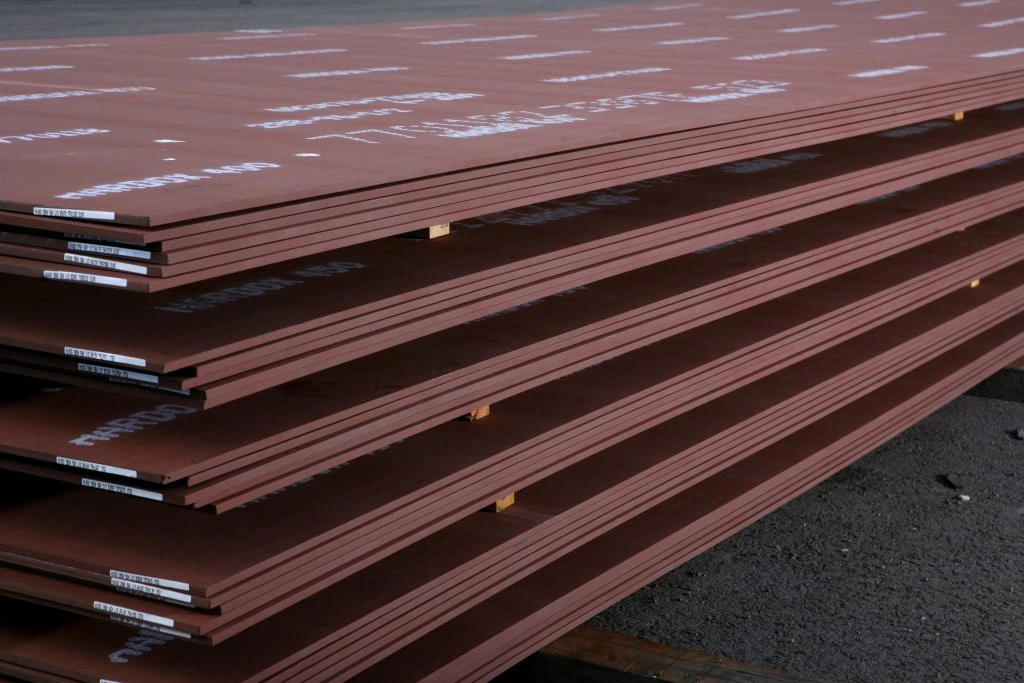Ceiling cornices are more than just decorative elements in a home. They add architectural depth, highlight the beauty of plasterwork, and often preserve the character of traditional or period-style interiors. When damaged, ceiling cornices require careful repair to restore their charm. However, what many homeowners overlook is that seasonal changes, particularly in winter, play a significant role in how these repairs last. Cold temperatures, fluctuating humidity, and indoor heating can all take a toll on plasterwork. That’s why giving special attention to your ceiling cornice repairs during winter is vital.
The Challenges Winter Poses for Cornices
Temperature Fluctuations
One of the most common issues during winter is the contrast between chilly outdoor temperatures and heated indoor environments. Sudden temperature changes can lead to minor expansion and contraction in plaster. If a cornice has been recently repaired, this movement may put additional stress on the new plasterwork, potentially leading to small cracks or hairline fissures.
Humidity Imbalance
Winter is notorious for creating dry indoor conditions due to heating systems. Dry air pulls moisture from plaster, which can result in shrinking or weakening of the repaired sections of a cornice. Conversely, in older homes with poor insulation, condensation can build up in corners and along ceilings, introducing excess moisture that softens plaster and leads to staining or mould growth.
Structural Stress
Snow accumulation on roofs, leaks from winter rains, or ice dams can cause subtle structural shifts or water ingress into ceilings. A repaired cornice, especially if located near vulnerable roofing areas, might suffer damage from damp patches or shifting ceiling boards.
Why Winter Care Matters After Repairs
Ignoring the seasonal impact of winter can shorten the lifespan of ceiling cornice repairs. A professional repair may restore the original beauty, but without maintenance, cracks, staining, or flaking can reappear within months. Paying attention to care during winter ensures:
Durability:
Proper care prevents the repaired plaster from crumbling or cracking under environmental stress.
Aesthetic Integrity:
Regular winter upkeep preserves the fresh, polished look of cornices after repair.
Cost Efficiency:
Addressing minor issues early avoids costly re-repairs or extensive restorations later.
Home Comfort:
A well-maintained ceiling cornice also contributes to a healthier environment, as it prevents mold growth associated with damp conditions.
Practical Winter Care Tips for Ceiling Cornice Repairs
Regulate Indoor Temperature
Try to maintain a consistent indoor temperature rather than letting rooms swing between very hot and very cold. Sudden changes can stress plasterwork. A programmable thermostat allows you to regulate indoor temperatures consistently, reducing the risk of expansion-related cracks in your cornices.
Balance Humidity Levels
Dry air caused by central heating can weaken plaster. A humidifier can help maintain a balanced level of indoor humidity (ideally between 40–50%). However, avoid excessive moisture, as that can promote condensation and mould near the ceiling.
Inspect for Cracks and Stains Regularly
During winter, inspect your ceiling cornices monthly. Look for signs of hairline cracks, water stains, or discolouration. Early detection of these issues can prevent more significant damage from developing.
Control Ventilation
Good ventilation is essential to prevent condensation. Use extractor fans in kitchens and bathrooms to stop moisture from travelling to ceilings. Opening windows briefly each day also helps to refresh indoor air without losing too much heat.
Watch for Water Ingress
Winter storms, leaks, and roof issues can quickly compromise plasterwork. If you see any damp spots near your ceiling cornices, address the source immediately. Even the strongest repair will not withstand continuous moisture seepage.
Gentle Cleaning
Dust tends to settle more in winter when windows stay closed. To maintain your cornices, lightly dust them using a soft brush or cloth. Avoid wet cleaning methods during this season, as excess moisture can damage the plaster surface.
Professional Touch-Ups
If you notice recurring cracks or imperfections despite your care, call a plaster professional. Winter is a good time to schedule touch-ups since repairs can be monitored against the harsh seasonal conditions for durability.
Balancing Style and Maintenance
Ceiling cornices add elegance and character, whether your home is modern or traditionally styled. When repaired, they can restore a room’s grandeur and provide a seamless finish between walls and ceilings. But their longevity is not just about the quality of repair—it’s also about the care that follows. Winter may be harsh, but with a proactive approach, you can ensure your cornices remain strong, stable, and stylish for many years.
Final Thoughts:
Ceiling cornice repairs and Ceiling Roses London are an investment in your home’s aesthetics and heritage. Yet, like any investment, they need safeguarding—especially during the winter months when conditions can be particularly unkind to plasterwork. Ultimately, winter care is not just about preservation—it’s about peace of mind. A little attention now ensures that your cornices remain beautiful, durable, and problem-free, adding timeless value to your living space.



